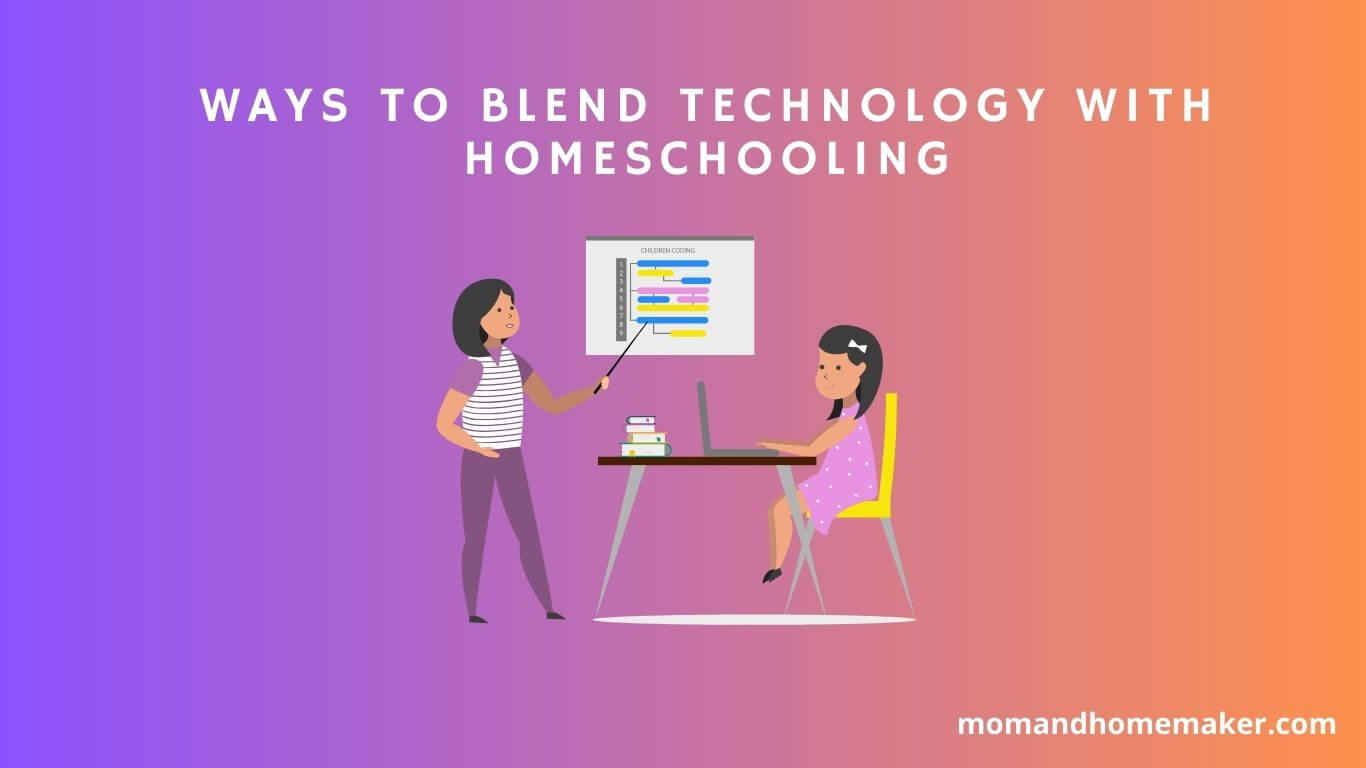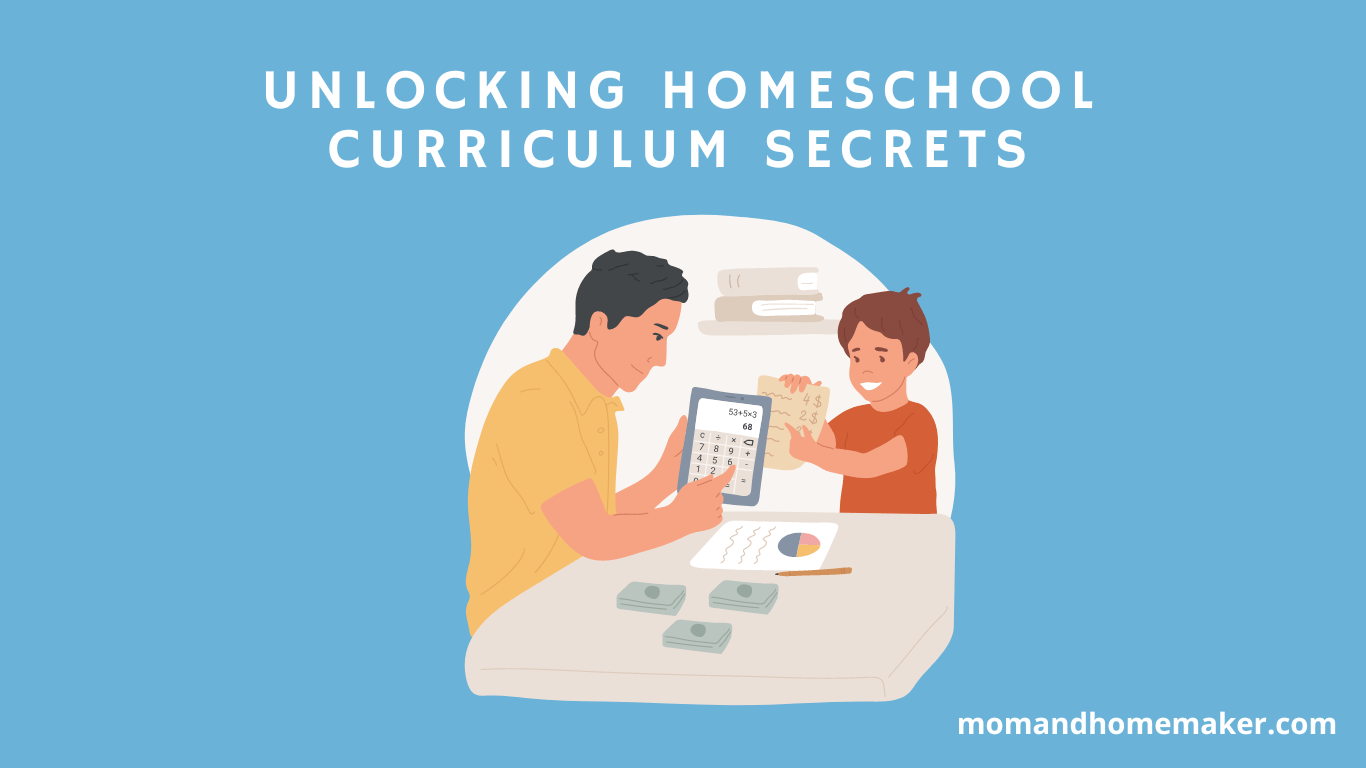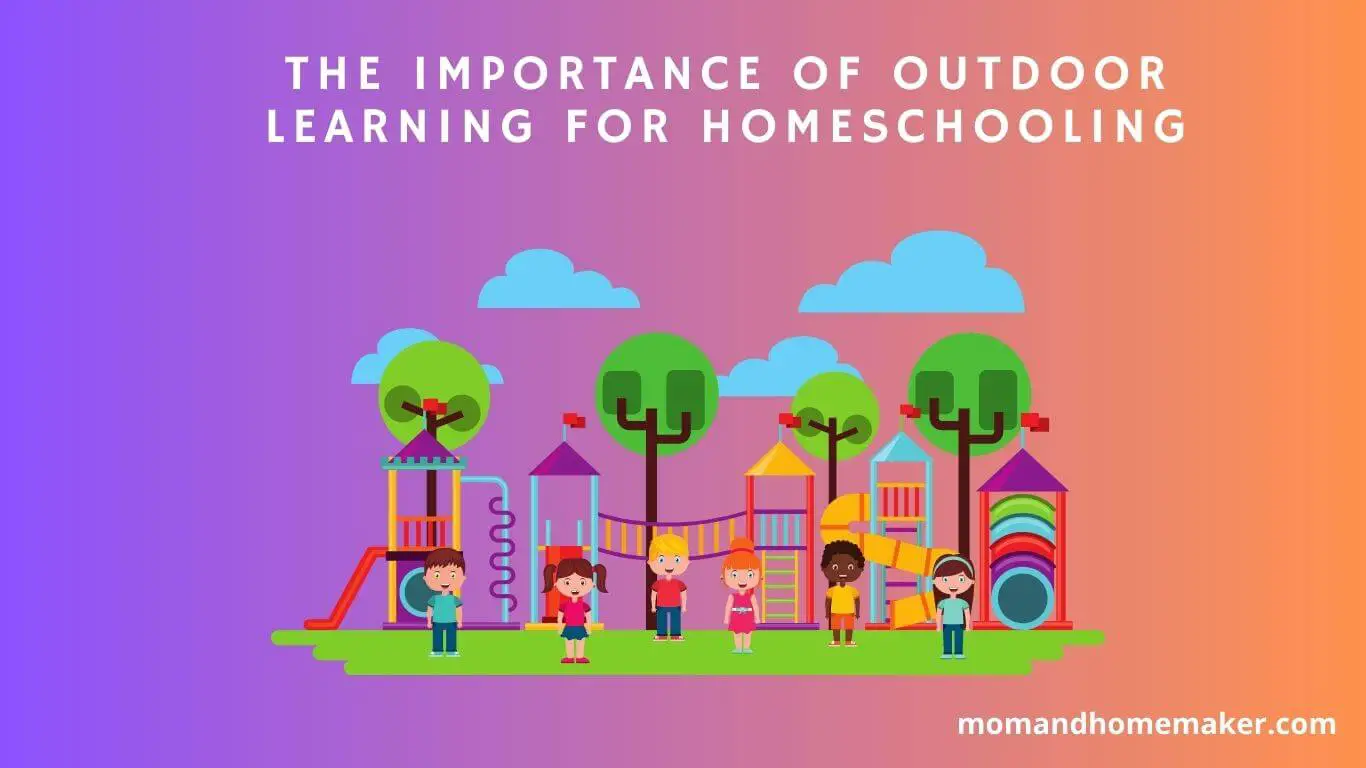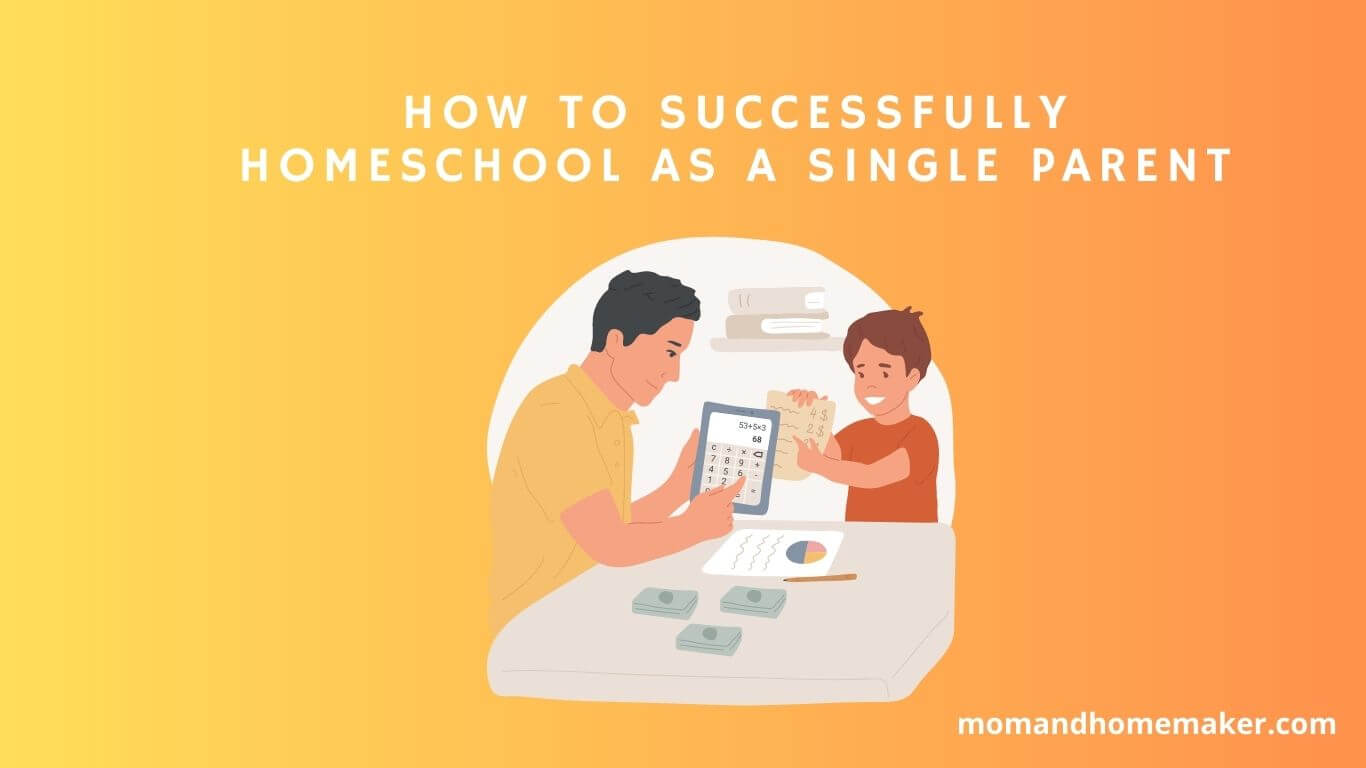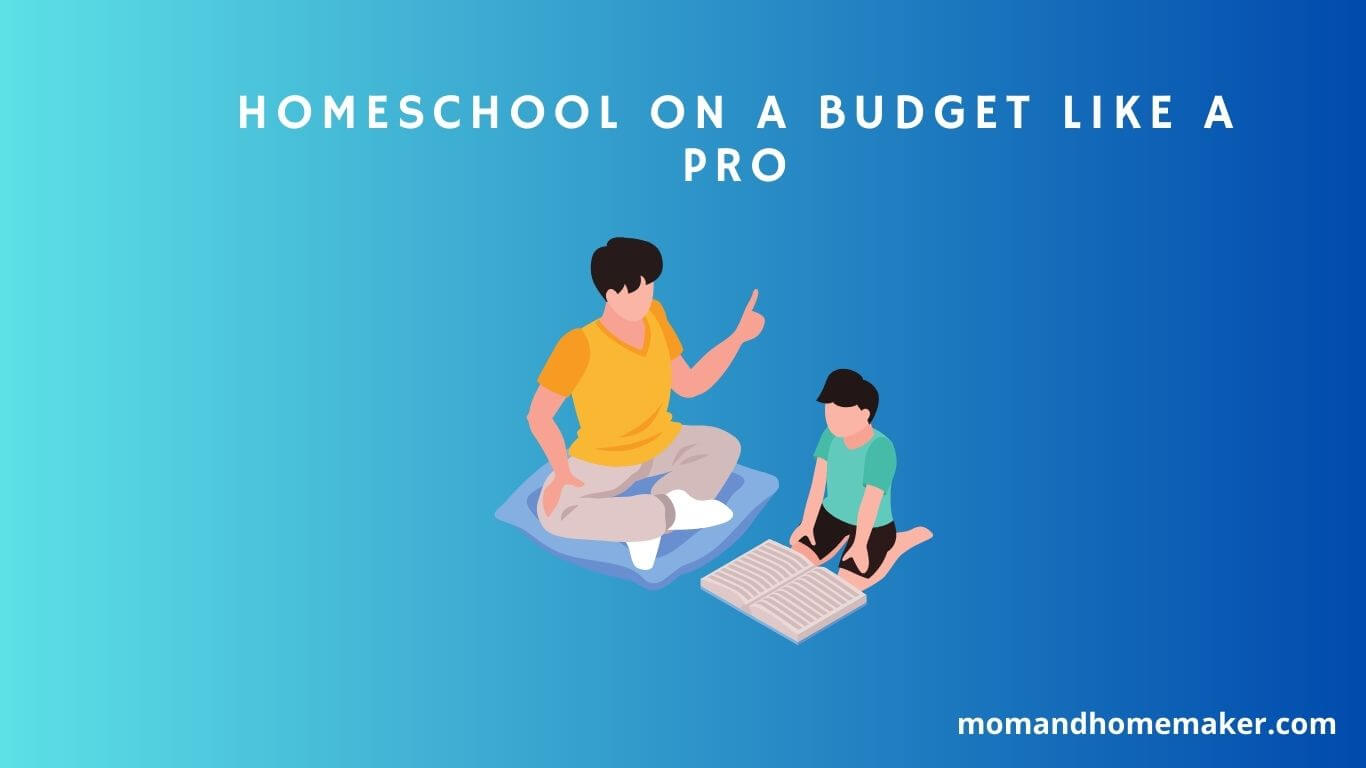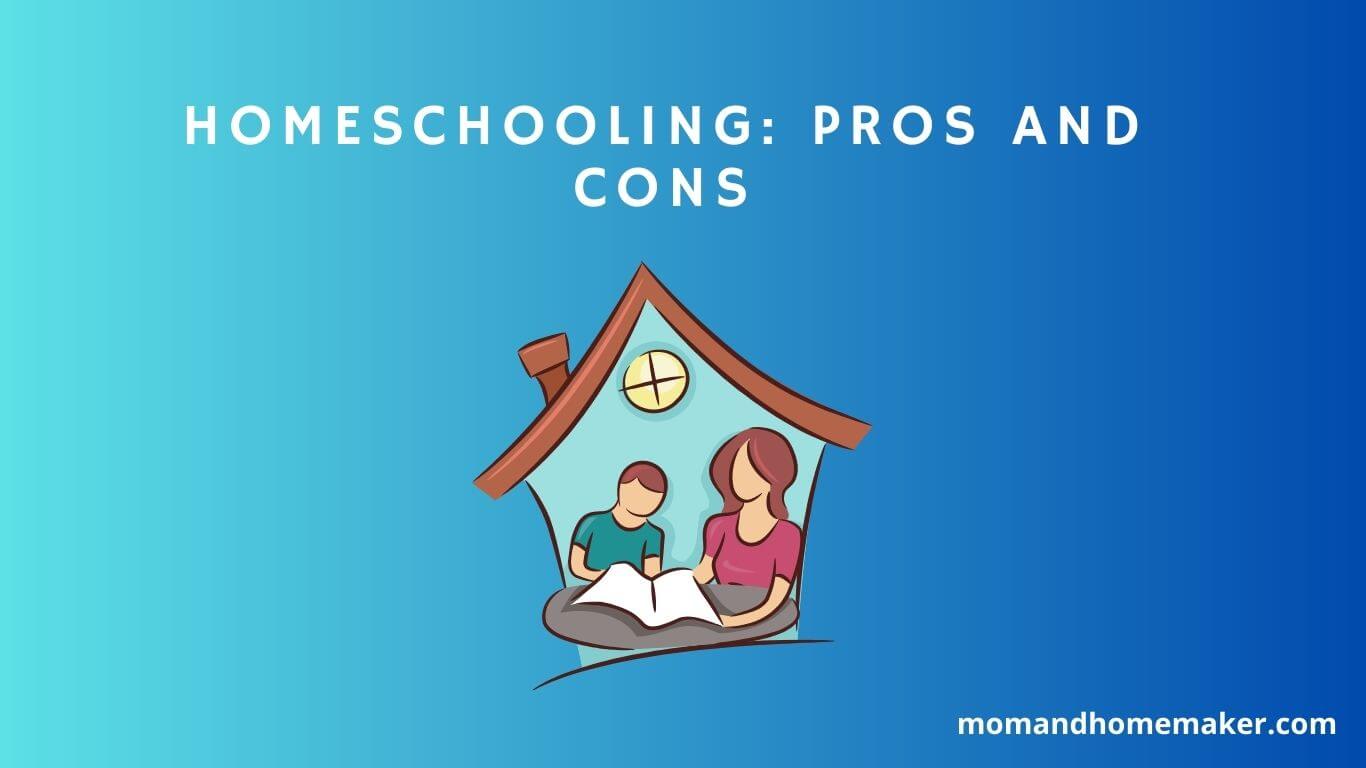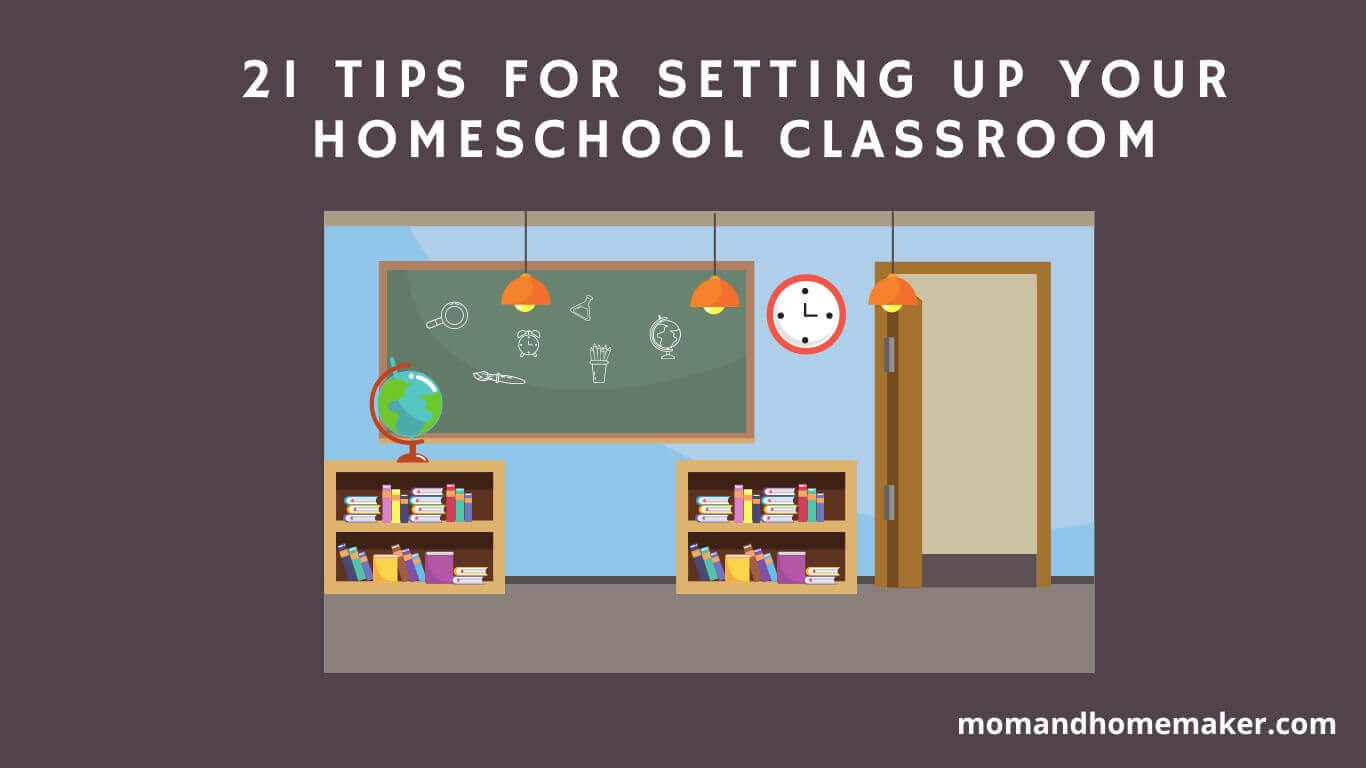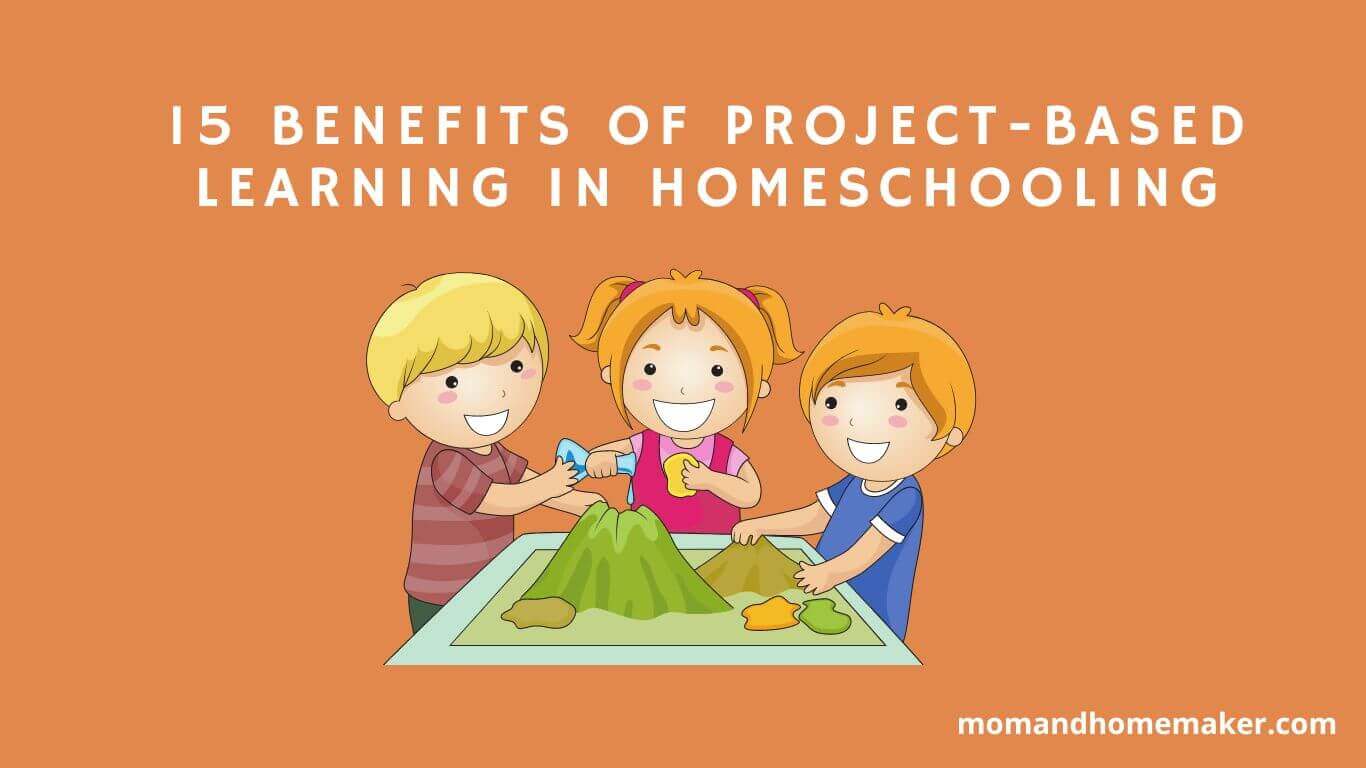In today’s world, technology has become an essential part of our daily lives. From managing our finances to ordering groceries, technology has simplified many aspects of our lives. The same goes for education, where technology has revolutionized the way we learn and teach. Homeschooling is no exception to this trend. Homeschooling parents can use technology to enhance their child’s learning experience and create a more interactive environment. In this blog post, we will explore different ways to blend technology with homeschooling for effective education outcomes.
1. What is blended learning and how does it benefit homeschooling?
Blended learning is a type of learning that combines traditional in-person instruction with online elements. It allows students to study and learn in a variety of ways, depending on what works best for them. Homeschooling, this type of learning can provide many benefits.
One of the major benefits of blended learning in homeschooling is that it allows students to learn at their own pace. With online elements, students can take the time they need to understand the material, as well as move ahead if they are feeling confident. This type of flexibility can be especially useful for homeschooling, as it can give parents the opportunity to tailor the curriculum to their child’s individual needs.
Another benefit of blended learning in homeschooling is that it can provide a variety of learning materials and activities. With online resources, students can access a range of educational materials, from videos and podcasts to interactive games and simulations. This variety of materials can be especially useful for homeschooling, as it can help keep students engaged and motivated to learn. Additionally, it can give parents the opportunity to tailor their child’s curriculum to their individual needs.
Overall, blended learning can be a great option for homeschooling. It allows students to learn at their own pace, as well as access a variety of materials and activities. This type of learning can be especially beneficial for homeschooling, as it can give parents the opportunity to tailor the curriculum to their child’s individual needs.
Blended learning also allows parents to adapt to their child’s individual learning style and provide a more personalized approach to education. Overall, blended learning can enhance homeschooling by offering a more dynamic and interactive learning experience that prepares students for success in the digital age.
The key is finding a balance that works for your child and choosing the right mix of traditional and technology-based learning methods. That way, your child can benefit from the best of both worlds and receive a well-rounded education.
2. Incorporating technology without feeling intimidated
Incorporating technology into homeschooling can be a great way to open up exciting learning opportunities for students of all ages. However, it can also be intimidating for those who don’t feel comfortable with computers or other digital devices. Luckily, there are plenty of ways to incorporate technology into homeschooling without feeling intimidated.
One of the best ways to make homeschooling more engaging and fun is to take advantage of the many educational apps, websites, and games available online. These resources can be used to supplement lessons and activities, help students practice key concepts, and even provide a platform for virtual field trips and other engaging activities. Additionally, many of these resources can be tailored to fit different age groups and learning styles, making them a great choice for homeschoolers.
Another way to incorporate technology into homeschooling without feeling intimidated is to take advantage of online classes and tutoring. Many homeschoolers find that online classes and programs can provide a great way to learn about specific topics or gain additional support from experienced teachers.
Furthermore, there are also many online homeschooling programs that are designed to provide both a structured and engaging learning experience. By taking advantage of these online resources, homeschoolers can feel confident that their children are receiving a top-notch education without having to worry about the technical aspects of using a computer or other digital devices.
The key is to start small by introducing simple technologies like educational apps or interactive games, and gradually moving towards more advanced tools such as online curriculum options or virtual field trips. It is also important to remember that traditional methods of learning should not be completely discarded, but rather blended with technology to create a well-rounded education.
By doing so, students can benefit from the advantages of technology such as improved technical skills and enhanced engagement, while still receiving the benefits of traditional methods like critical thinking and problem-solving. With the right mindset and approach, incorporating technology into homeschooling can be an exciting and rewarding experience for both parents and students.
3. eLearning: Incorporating digital tools for effective teaching
Blended learning through the incorporation of digital tools plays an important role in effective teaching when homeschooling. As technology improves, so do the options for homeschoolers.
Online curriculum options, educational apps, and websites, interactive learning games and tools, and devices specifically designed for homeschooling all offer opportunities for improved learning outcomes. Homeschoolers can also take advantage of virtual field trips to bring exciting and immersive learning experiences into their homes.
However, managing screen time and navigating technology challenges can present difficulties for homeschoolers. It’s important to strike a balance between technology-based learning and offline activities for a well-rounded education.
By creatively incorporating technology into homeschooling, like using real-life examples of successful homeschooling with technology, parents can best prepare their children for the future while also enjoying the flexibility and control of homeschooling.
4. Online curriculum options
Online curriculum options are becoming increasingly popular in homeschooling. There are a variety of options available to help parents tailor the educational experience to their child’s individual needs. Online curricula can offer a wide range of courses from traditional academic courses to more specialized courses such as computer programming and foreign languages. Online courses can also include more hands-on activities such as art and music. Parents can also opt for a more personalized approach with one-on-one tutoring and custom-designed courses.
The online curriculum also offers the convenience of flexibility. Parents can access their courses anytime, anywhere, and can even customize their learning schedule to fit their family’s needs. Online courses also provide the opportunity for parents to review and track their child’s progress with detailed reports and assessments.
This makes it easy for parents to monitor their child’s progress and provide feedback. Additionally, the online curriculum can save parents time and money with no need to purchase textbooks or other materials, and some courses even offer a money-back guarantee.
Homeschoolers can browse through hundreds of options such as Teaching Textbooks, Stride K12, and boxes filled with pre-planned lessons. Additionally, there are educational apps, interactive learning games, and virtual field trips that can supplement the curriculum. While incorporating technology into homeschooling has its benefits, managing screen time and navigating technology challenges may pose a challenge.
However, with the right tools and devices, homeschoolers can effectively and creatively utilize technology for a well-rounded education. Overall, online curriculum options provide homeschoolers with a wealth of resources to enhance their educational journey.
5. Educational apps and websites
Homeschoolers today have access to a wide variety of educational apps and websites that can help them in their studies and provide them with engaging ways to learn. These apps and websites can be used to supplement traditional homeschool lessons, providing added depth and exploration of topics. From interactive math and science tutorials to language learning and creative arts resources, there are apps and websites available to suit virtually any homeschooler’s needs. Many of these resources are free or low-cost and can be accessed from almost any device.
The educational apps and websites available to homeschoolers today are designed to make learning fun and engaging. They provide students with the opportunity to explore a variety of topics and concepts in new and interesting ways, often with visuals and multimedia elements that make the material more accessible and easier to understand.
Interactive games and activities also help to keep students engaged while they learn, and many of the apps and websites offer real-time feedback and support to help ensure that learning is taking place. With the wide variety of educational apps and websites available, homeschoolers can find the resources they need to supplement their curriculum and help make their learning process more enjoyable. Here is a list of apps you can explore for your homeschooling journey;
1. Khan Academy – Free educational videos and practice exercises
2. Duolingo – Language learning app
3. ABCmouse – Online learning programs for children ages 2-8
4. IXL – Comprehensive math, language, science, and social studies practice
5. TED-Ed – Educational videos and lessons for all ages
6. BrainPOP – Animated educational videos
7. Quizlet – Flashcard and quiz-making platform
8. National Geographic Kids – Games, videos, and activities for kids
9. Codeacademy – Learn to code for free with interactive lessons
10. Time4Learning: interactive online curriculum for PreK-12th grade.
11. Prodigy Math Game: fun and interactive online math game.
6. Interactive learning games and tools
Interactive learning games and tools are great resources for homeschooling parents who want to incorporate technology into their children’s education. These tools offer a fun and engaging way to learn and make the learning process more enjoyable. They can be used to teach anything from math to history, and many can be tailored to a child’s specific learning needs.
When used alongside other digital tools, such as educational apps and online curriculums, these learning games can help supplement traditional teaching methods and enhance a child’s understanding of a subject. However, it’s important for parents to remember to balance screen time with offline activities and to choose appropriate games and tools that align with their child’s learning goals. With a little research and experimentation, interactive learning games and tools can be an effective addition to any homeschool curriculum.
7. Tools and devices for homeschooling with technology
Technology can be a great asset to homeschooling and there are a variety of ways to incorporate it into your child’s learning. From devices and tools to software and applications, there are plenty of options to help you blend technology with homeschooling.
Whether you’re looking for a way to supplement learning or just want to give your child more access to educational content, there is a wide range of tools and devices available for homeschooling with technology. Here are some of the best ways to integrate technology into your homeschooling:
1. Laptops and tablets: Laptops and tablets are great for teaching kids how to use technology and provide them with access to a wealth of educational content. They can be used for research, writing, coding, and more.
2. Educational Apps and Software: There are many educational apps and software programs designed specifically for homeschoolers. These can help supplement learning, provide additional resources, and make learning more fun.
3. Home Automation: Many home automation systems can be used to control lights, temperature, appliances, and more. This can be used to create an interactive learning environment in your home.
4. Virtual Reality: Virtual reality can be used to create immersive learning experiences. It can also be used to transport students around the world or back in time for virtual field trips.
5. Video Conferencing: Video conferencing services such as Zoom or Google Meet can be used to connect with other homeschoolers or teachers around the world.
6. Online Learning Platforms: There are many online platforms designed specifically for homeschooling such as Khan Academy or Outschool where students can take classes from experienced teachers from the comfort of their own homes.
7. printer sharing: Many homeschoolers use home printers to print their homework and course materials.
9. Digital whiteboard: A digital whiteboard is a powerful tool that can be used to create interactive lessons and presentations.
8. Integrating virtual field trips into your homeschooling
One of the unique benefits of homeschooling is the flexibility to incorporate virtual field trips into the curriculum. By leveraging the technology tools at our disposal, homeschoolers can easily take their students on virtual tours of museums, scientific institutions, national parks, and cultural landmarks.
Integrating these field trips into homeschooling is a great way to enhance the student’s learning experience and bring real-world context to their studies. The previous sections have discussed the importance of blending technology with homeschooling and the various tools and devices available for effective teaching.
By adding the immersive experience of virtual field trips, homeschoolers are able to spark their student’s curiosity and create a deeper appreciation for the world around them. With the vast resources available online, homeschooling families can create custom field trips that cater to their student’s interests and bring the classroom curriculum to life.
Tips for managing screen time and navigating technology challenges have also been discussed to ensure a smooth learning experience for the student. By incorporating offline activities, homeschoolers can round out their student’s education and encourage a healthy balance of online and offline learning.
Overall, integrating virtual field trips into homeschooling is a great way to inspire creativity, promote engagement and create a more enriching learning environment.
9. Tips for managing screen time
When it comes to homeschooling with technology, managing screen time is crucial. To strike a balance, it’s essential to set expectations and be accountable. A three-hour block of time can work well if split into smaller chunks dedicated to different types of learning activities. Parents can choose arts and crafts over screen time to help their children think creatively.
It’s also essential to adjust the settings to avoid eye strain and encourage regular breaks. Scheduling free family time without technology is an excellent way to start incorporating these tips into daily life. By following these tips, homeschoolers can use technology to their advantage while maintaining a well-rounded education for their children.
10. Navigating technology challenges
Navigating technology challenges is an inevitable part of incorporating technology into homeschooling. While tech-based learning brings convenience and innovation, it also comes with its own set of challenges, such as limited access to devices or unreliable Internet connection. However, with proper planning and management, these challenges can be overcome. Parents can set clear screen time limits, prioritize offline activities, and incorporate creative ways to enhance learning without solely relying on technology.
In addition, seeking advice from other homeschooling parents or tech-savvy instructors can prove helpful in resolving any tech-related concerns. Finally, parents should remember that technology is only a tool and should not replace the vital role of engaging with their children and providing hands-on teaching experiences. By navigating technology challenges, homeschooling parents can successfully blend technology with traditional learning methods to provide a well-rounded education for their children.
11. Incorporating offline activities for a well-rounded education
Incorporating offline activities is crucial for providing a well-rounded education in homeschooling. It’s important to strike a balance between screen time and hands-on experiences. Educational field trips, outdoor activities, and group projects are great ways to incorporate offline learning.
Incorporating art or music lessons can build creative skills and offer a break from digital devices. Parents can also include life skills such as cooking or gardening to teach practical skills. It’s important to remember that successful homeschooling requires a variety of learning experiences to develop critical thinking skills and creativity beyond the confines of a screen.
Conclusion
In conclusion, homeschooling can be greatly enhanced with the use of technology. By making use of online resources, such as virtual classrooms, video lessons, and interactive websites, homeschoolers can gain access to a wealth of educational materials and experiences.
Technology can also be used to supplement traditional homeschooling approaches, such as providing access to digital textbooks, instructional videos, and online tutoring. Finally, technology can help homeschoolers stay connected with the larger homeschooling community through online forums and social media platforms. Technology can provide homeschoolers with the tools they need to create an enriching and engaging learning experience.

